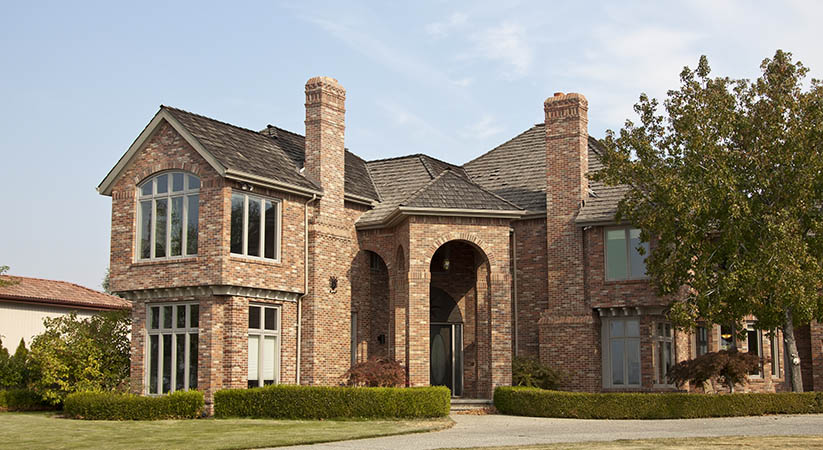Annual chimney inspection is now required by law due to the life and property threatening fires that have happened in the past. Failure to do so may result in drastic events. Your chimney is your life savior in extreme harsh winters but inspection and cleaning it regularly can actually save your life and property. In a recent census report, chimney fires were the number one cause of house fires.
The most important component of the chimney is the flue which ensures the efficient working of the chimney.
What Is A Flue and What Is Its Importance?
The flue which is also known as the chimney liner is the gateway passage of the chimney through which the toxic gases and fume, the smoke from the fire and carbon monoxide travel out of the homes. Cracks or even the slightest problem in the flue is a big emergency and you should avoid any use until you have done chimney repair. The flue liner protects your homes from the combustible parts and gases and vents it outside your homes. If there are any issues in the flue liner then the deadly gases can enter your homes and cause threatening fires and inhaling the gases can also be fatal.
Before the 1940s, chimneys were made without a flue liner but since then law has been passed by the national fire department to include a flue while constructing a chimney. Using a chimney without a flue liner is considered a crime. The flue also provides structural support to your chimneys and leads to efficient working of your chimney.
The Functions of a Flue Liner
- The major function of a flue liner is that it vents out the toxic gases such as carbon monoxide from your homes. Carbon monoxide is an odorless, invisible gas which if inhaled in large amounts can be fatal.
- It also helps to protect and sustain the combustible parts of your home from being open and exposed to the hot fires of the chimney. Before the 1940s, there used to be many house fires due to unlined chimneys and the house used to catch fire very quickly. After that flue was introduced and made a major component of the chimney which caused a reduction in the house fires drastically. Even now, if a small crack appears in the flue, the chimney fire should be immediately stopped and the crack should be repaired.
- Without a flue or the chimney liner, toxic gases and smoke and creosote will penetrate the brick and mortar of the chimney thereby leading to corrosion of the structure of the chimney. The mortar has a tendency to get eroded very fast by the toxic gases because these gases are acidic in nature. The corrosion in turn exposes the internal chimney to moisture which results in mold growth and even more erosion causing the weakening of the chimney. In extreme cases this can cause the chimney to deteriorate gradually and lean to one side.
Types of Flue
Clay Tile Liner
The most common chimney liner is the clay tile liner which is affordable and internally built of clay tiles. It will last you a long time, approximately 20 to 25 years if proper care is taken. However, it will deteriorate with time and cannot be repaired so will have to be replaced by tearing of the chimney and then rebuilding it as after all these years the internal chimney components may face wear and tear.
Cemented Liner
Cemented or cast-in chimney liners are also used. This is made with poured cement and then the external chimney is constructed. It provides structure to the chimney and is also long lasting but it is quite expensive and life time liner is not guaranteed.
Stainless Steel Liner
Stainless steel or metal chimney liners are expensive no doubt but come with a lifetime warranty and do not require replacement. They are considered the safest and long lasting by the law and are recommended by professionals. They are deemed perfectly safe for use for homes. The only precaution that should be taken is that it should be installed perfectly.
Even the slightest crack in chimney flue should not be ignored and chimney repair Columbia MD services should be called in immediately.



